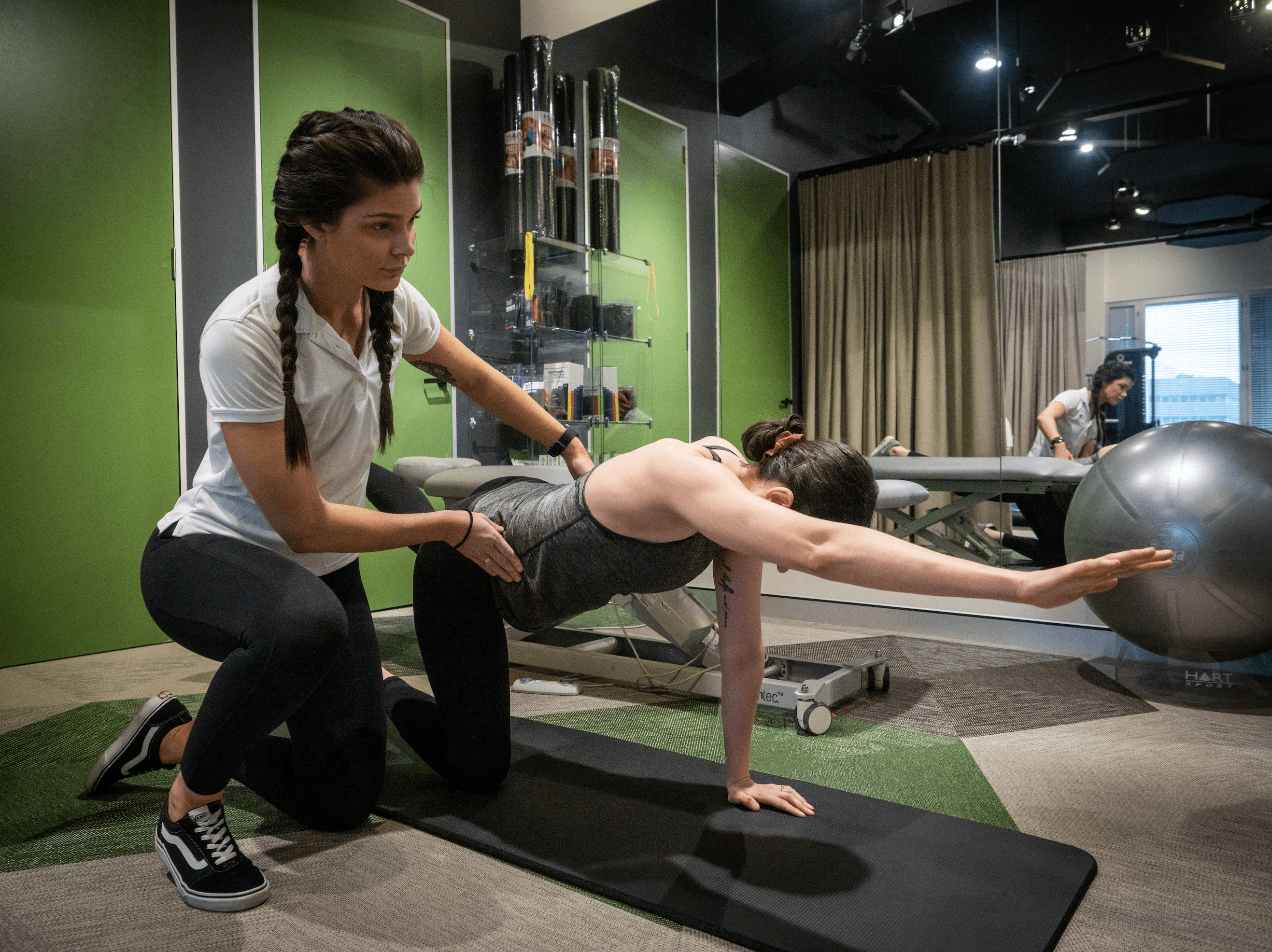
Pain is an important alarm system that is designed for protection, alerting us to actual or impending danger or harm. Pain can be caused by tissue damage (nociceptive pain) or nerve damage (neuropathic pain). People undergoing spine surgery may have multiple pain-generating mechanisms operating simultaneously. Pain scientists now understand that pain is not an accurate measure of tissue damage and that pain is the result of sensory information processed by the brain that is perceived and interpreted based on a person’s genetics, psychological wellbeing, and sociocultural influences. This means that two people can have the same injury yet their pain experience can be immensely different. When pain persists for more than 3 months, it is termed chronic or persistent pain. Most patients having spinal surgery have persistent pain by definition, and in some, it does not resolve completely after a technically successful procedure.
We understand that people with psychological comorbidities are more likely to report persistent pain following spine surgery. Anxiety and depression are two of these psychological risk factors for the development of chronic post-surgical pain. Nearly 60% of patients report pre-operative anxiety, and the prevalence of depression in chronic back pain patients is two to three times greater than in the general population. It has been shown that increased depression pre-operatively is significantly associated with reduced improvement in postoperative quality of life. Kinesiophobia – otherwise known as a fear of movement – may also present in patients pre-operatively and hinder recovery. In patients who have high kinesiophobia before surgery, two-thirds still report high kinesiophobia at 6 weeks follow-up.
Given spine surgery is known to be associated with these psychological factors that can influence pain expression, it would seem imperative that peri-operative rehabilitation should address psychological aspects too, in order to have the greatest opportunity for improving patient outcomes following surgery. The objective of rehabilitation – whatever the rehabilitation strategy may be – is to engage patients in early activity and to educate them that it is safe to move after spine surgery. The objective is to prevent fear-avoidance beliefs from developing. We know that anxiety and depression are risk factors for the development of chronic post-surgical pain and these need to be addressed as well.
